Tips For Photographing Birds
Need some tips for photographing birds?
Birds can be very intimidating to photograph but rewarding. Most people think they need a zillion dollars worth of equipment to capture birds successfully. Not true. Really what you need is some knowledge and patience.
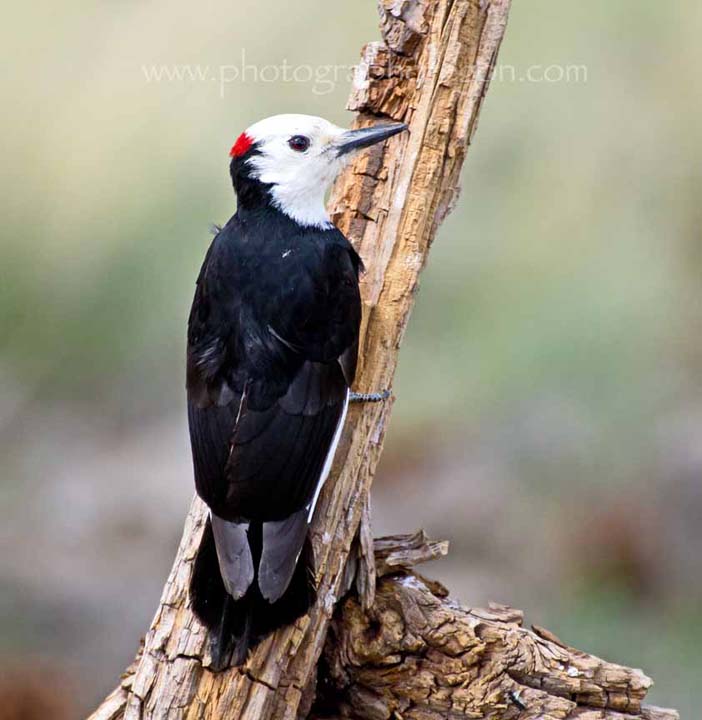
To start, you need to have a mindset when you go out. If you want to photograph birds in flight you will be using very different settings than when you photograph birds that have landed. Keep this in mind. Sometimes I go to Drake Park, where I know I can find flying birds (mostly ducks) to practice on.
If you take the time to learn something about birds and their behavior it will really help. I joined the local Audubon Society and go out birding on Wednesday mornings. I admit, when I started I really just wanted to learn enough to grab some good bird shots and not be one of “those bird geeks” but that’s like saying I want to own a high end DSLR, lenses and the like, but not hang out and talk camera gear porn with other photographers. It’s pretty much impossible. The little feathered creatures get to you.
My Tips For Photographing Birds
#1 Have some patience. Birds fly away right about the time you get focused on them. The more you want to photograph that particular bird….the faster they fly away.
#2 Learn your locations. At first I got a lot of bird silhouettes. In some cases I have to blow out the background to get the bird.
#3 Reset all the time. When you’re out shooting birds, you find landscapes, flowers etc. that you can’t resist. After you shoot those, get in the habit of resetting to your bird settings. I generally set AP f8, ISO 800 for landed birds. Why ISO 800 for something that is likely not moving much? If they do move I also stand a chance of a decent wingspan image and I can tone down any noise easily.
For this image I had been shooting flowers at a much different setting but reset before I got back in the car. As we were driving down the road this Red-breasted Sapsucker flew in to the tree right next to the car, I stuck out the window and fired ONE shot before he flew off.
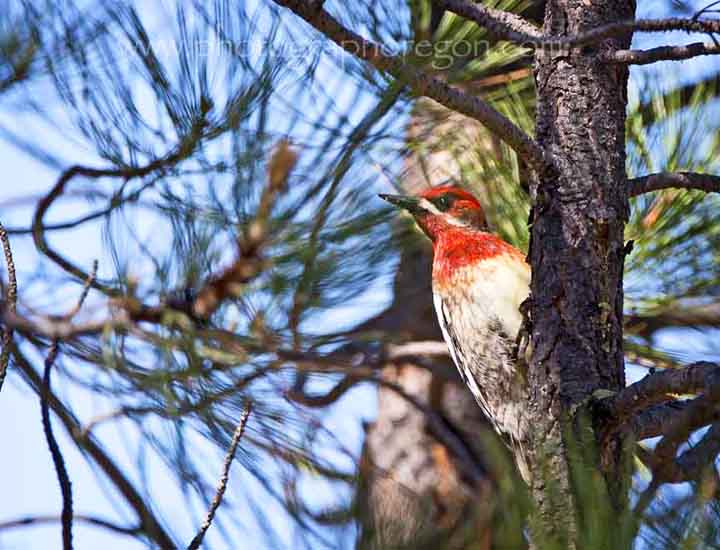
#4 Get used to manual focusing on the fly. Birds rarely sit in the front of the branch and your auto focus will focus …..on the front of the branch. If this happens, flip it off and manually focus on the bird.
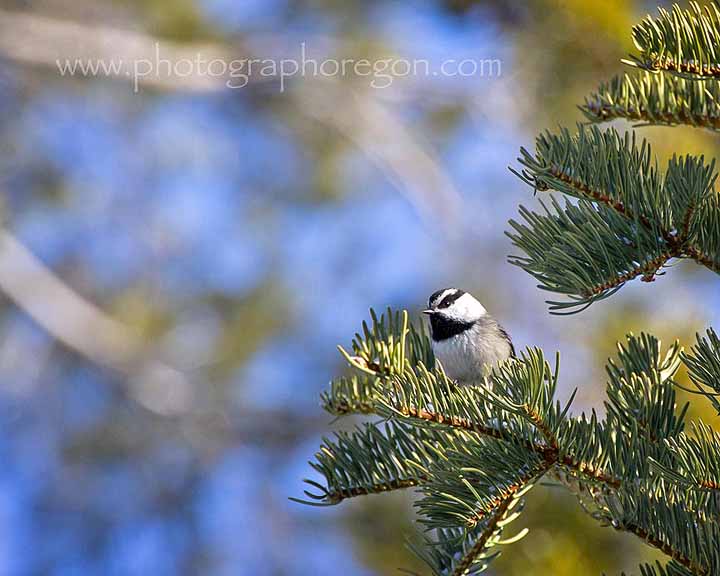
#5 TAKE THE SHOT. BIRDS FLY....Waiting for the perfect shot is likely to leave you with no shot. Just take it, in fact, set on continual shooting and take a bunch. Yes, the bird will turn it’s head away just as you take the shot, but it will also turn it back. You have a delete feature. The blessing of digital, use it.
#6 Cars make excellent bird blinds. If you can stay in the car, you are more likely to get your shots. (Turn it off). Sometimes I move the car over to where I have clear shots at my own feeder!
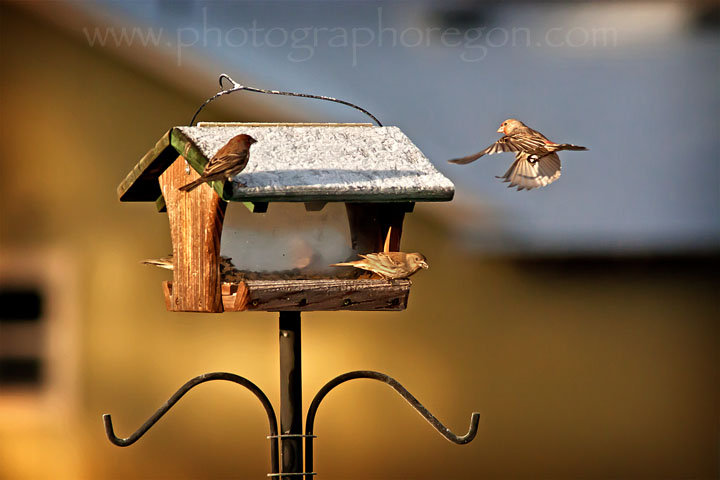
#7 Nothing beats practice. OK, The nuts and bolts of settings. The best tips for photographing birds………These are my personal preferences.
For most birds I expect to be landing I use Aperture Priority F8, ISO 800. I used to use Shutter Priority at F8 1/500 because someone who takes great bird shots told me to try that, but after some trial and error, I’m happier with the results of the AP setting because I can better control the DOF.
When I’m going after flying birds, or I think there’s a chance I’m going to get some flying bird shots, I jump to Aperture Priority F7 or sometimes lower, ISO 1600. I have been surprised that the noise level is totally manageable that high. I suppose it helps that the camera I have now maxes at 12,800.
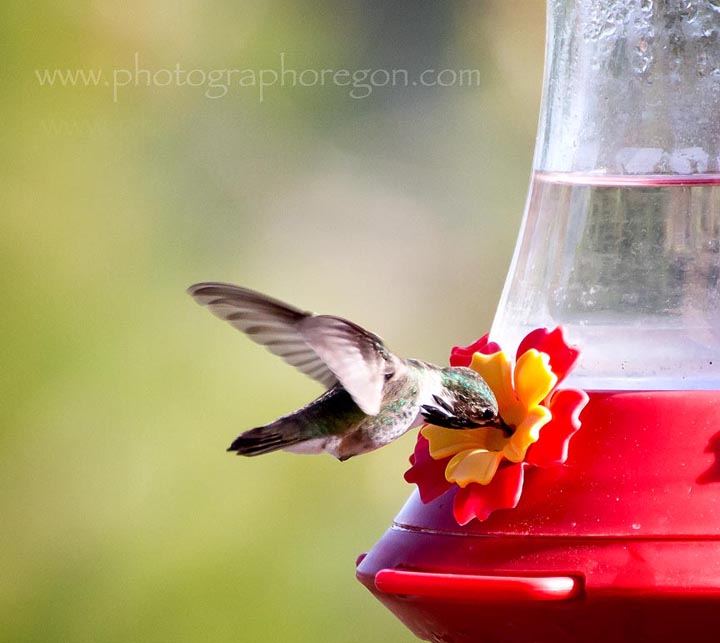
Why F8?
I’ve found that even at the Cabin Lake bird blinds, where the conditions are optimal, if I go wide open at F5.6 I can lose detail in the depth of field between the front and the back of the bird.
If I need to change the exposure value (EV) I shoot lighter rather than darker. You can always add dark but if you have to lighten images that are too dark you’ll have noise in the black.
These are my tips for photographing birds. With some practice you’ll find your own favorites and that’s okay too :) In closing….refer to #7…(I take between 300-600 images of birds a week.) …
…and if possible go to the Cabin Lake bird blinds!
More Great Tips For Photographing Birds From Nature Photographer